Vintage Meets EV revolution, with an Electrified Classic Mini
Sacrilege for some, natural evolution for others… We let you decide!

Returning readers of MONOCHROME might have picked up on a few hints and stories that have sparked (pun intended) this one. The EV revolution in the automotive industry. Where the average Joe is accustomed to seeing electric vehicles on the road by now, with vast numbers of Tesla’s whizzing around, there’s one segment that has been getting more and more traction: classic car conversions. We’ve covered a high-dollar, extremely limited bespoke Rolls Royce Phantom V by Lunaz Design, but this time around we dive into an electric car conversion that is a) much more affordable and b) probably a lot more everyday fun!
Once again, I truly hope that this trend of converting vintage cars to electric power, whether you like it or not, doesn’t transcend into classic watches converted to quartz movements. Of course, the two are completely different and I highly doubt a classic Patek Philippe or Breguet will ever be retro-fitted with a quartz movement. The trend to convert vintage cars to electric power leans on two chains of thought: on one hand preserving a (rare) vintage car, on the other making human transportation more sustainable.
Background

The classic Mini (1959-2000) is an iconic car, with a huge following and can be seen in many different versions. A whole range of models have been built and since it’s conception by Sir Alec Issigonis, almost 5,5 million cars have been sold. It offered a huge group of people affordable and practical transportation who previously had no access to a car. It became a statement car, much like the Volkswagen Beetle, with many Hollywood A-listers flocking to the small, cheery automobile. As such, with the first car being offered for sale in 1959, the 1 millionth one was sold only three years into production.
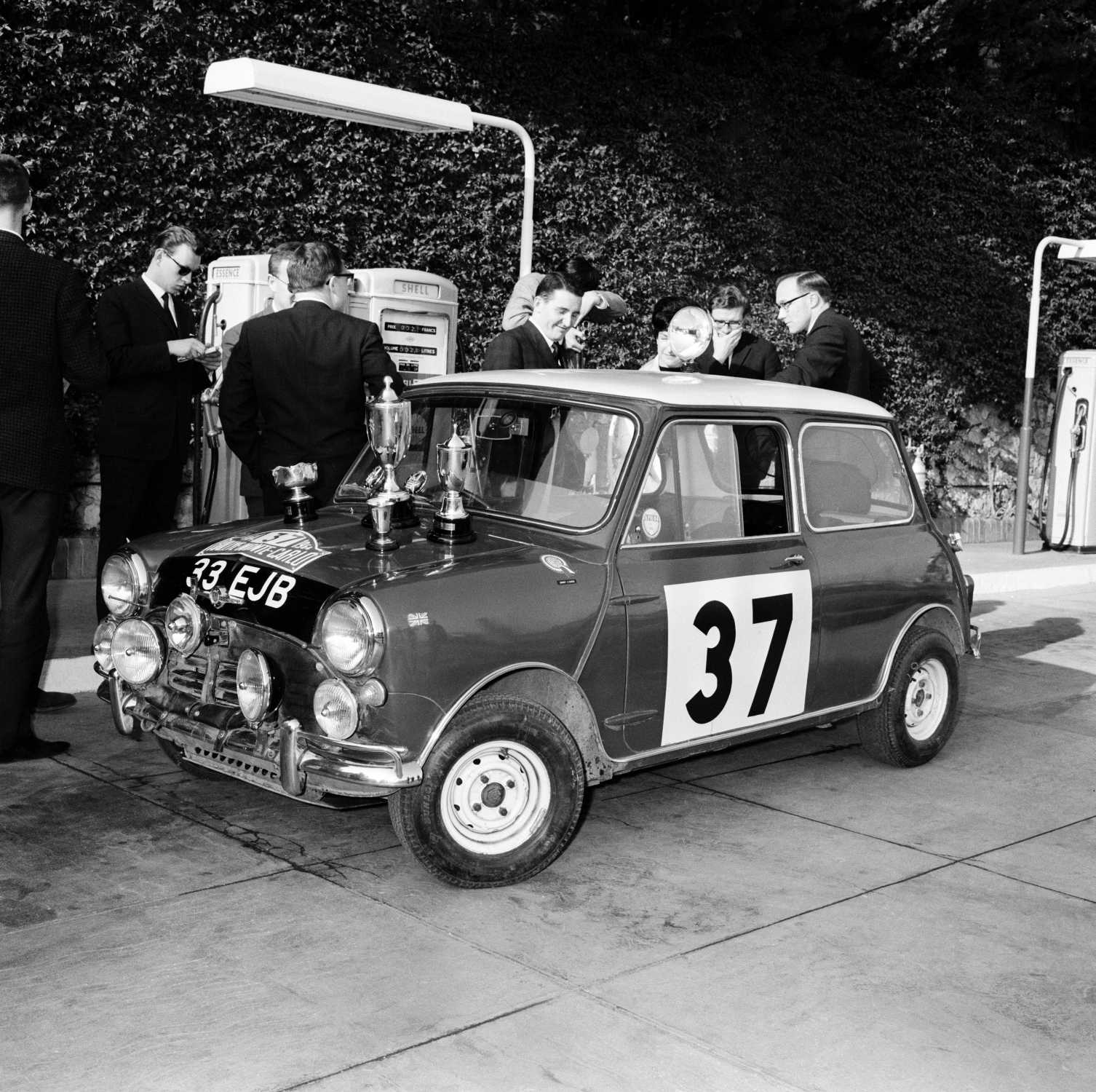
Surprisingly, the compact car had a racing career too, often taking the fight to much more powerful cars. One of the most noticeable achievements by Mini is the overall win at the 1964 Rallye de Monte Carlo. This has always been one of the most treacherous events in rallying history, with narrow winding mountain roads covered in snow and ice. It managed to beat cars like the Mercedes-Benz 300SE, Ford Falcon and other vastly more powerful cars. The victory by Mini, with Paddy Hopkirk behind the wheel, was a true David beats Goliath achievement in racing history and one that still impresses.

The little car proved so popular in fact, that it remained in production relatively unchanged until the year 2000. Shortly after the last produced Mini was built, the company was sold to BMW which introduced the New Mini, otherwise known as the Mini Hatch. Although technically unrelated, the New Mini is styled to resemble the original pretty closely. The car is just as instantly recognisable as its predecessor. Since its introduction in 2000, it has been updated several times and has become quite the iconic car, with various versions being offered for sale, a Clubman (long wheelbase), Countryman (SUV), Convertible, Coupe, Roadster and Paceman (Crossover). In the performance department, things have changed drastically too, with the most powerful new Mini producing over 300bhp, making it quite a capable performance hatch. And, again much like its predecessor, it again proved an all-conquering machine when taken off-road and won the famous Dakar rally in 2012, 2013, 2014, 2015 and 2020.
The classic Mini remains a highly desirable yet relatively affordable classic car to own, though. It has style, presence (despite the small package) and even heritage and performance, although the latter is relative of course. But, given the small frame and all wheels positioned on the corners, it offers great fun and very good handling! And, as a bonus, you can push it hard without running the risk of losing your license with even looking at the accelerator!
From carburettors to batteries
The conversion to electric drive offers a few benefits, one of which is bypassing congestion and emission regulations for cities. In an ever-increasing number of cities around the world, cars with relatively high levels of emission such as diesel-powered cars or classical cars, are being banned from city centres. By converting to electric power you can still drive your beloved Sunday driver and whizz around London, Paris, Los Angeles or any other city that has these rules in place.
A Dutch company, very uninspiringly named Electric Mini, offers a conversion kit for the classic Mini. It starts with a donor car, so you have to own one yourself. They’re not the only ones that offer a Mini with an electric powertrain but they do offer what is perhaps the most accessible package. Electric Mini offers a conversion kit that is approved according to European regulations. It includes everything you need: drive train; batteries and battery casing; controller system; subframe conversion and brackets; wiring harness and more. There are a few choices in terms of power units which impact performance and range. The base kit offers about 140km of range but a high-capacity battery pack bumps that to 300km. The company is a bit vague on the actual performance after the conversion, so no factual 0-to-60mph times or top speed, but I can imagine that as less important with a Mini perhaps.
What is perhaps the best bit of the conversion kit is that you’re able to install it yourself if you want! The company does offer to install it and even has a ready-built Mini on offer currently (so no donor car needed) if you don’t feel up to the task. Most classic car owners tend to work on their cars themselves, maybe not down to all the greasy nitty-gritty but at least to a certain degree, in order to keep their car looking as pristine as possible. The conversion kit is supposedly easy to install if you have a bit of mechanical knowledge, but tech-support comes is on standby if needed.
Base price for the kits starts just shy of EUR 20,000, which is quite steep for a classic Mini. Final price also depends on what donor car you’ll bring. A very early model can bump this to 30,000 or 40,000 euros easily, but a more recent one keeps it relatively affordable. In terms of looks, the car remains true to the original, with no apparent changes on the outside. This conversion is not about barnstorming performance, or a super-rare, super-valuable car that will never be driven. No, this is a small, fun, electrically powered vintage car that can be driven every single day.

It just so happens that Mini built a Classic Mini Electric for the New York Auto Show a couple of years ago. BMW, current owner of the Mini brand, said there was zero chance of this ever going into production, not even in small numbers. It does fit within the whole electrifying-classic-cars trend you see these days, as evidenced by the Lunaz Rolls Royce and cars like the Alfa Romeo GTA by Totem Automobili or Zero Lab’s classic Ford Bronco. One thing I do know is that the conversion offered by Electric Mini is quite a bargain compared to other cars that have been electrified! The Bronco for instance will set you back about USD 350,000.
More information on the conversion kit offered by Electric Mini can be found on their website.

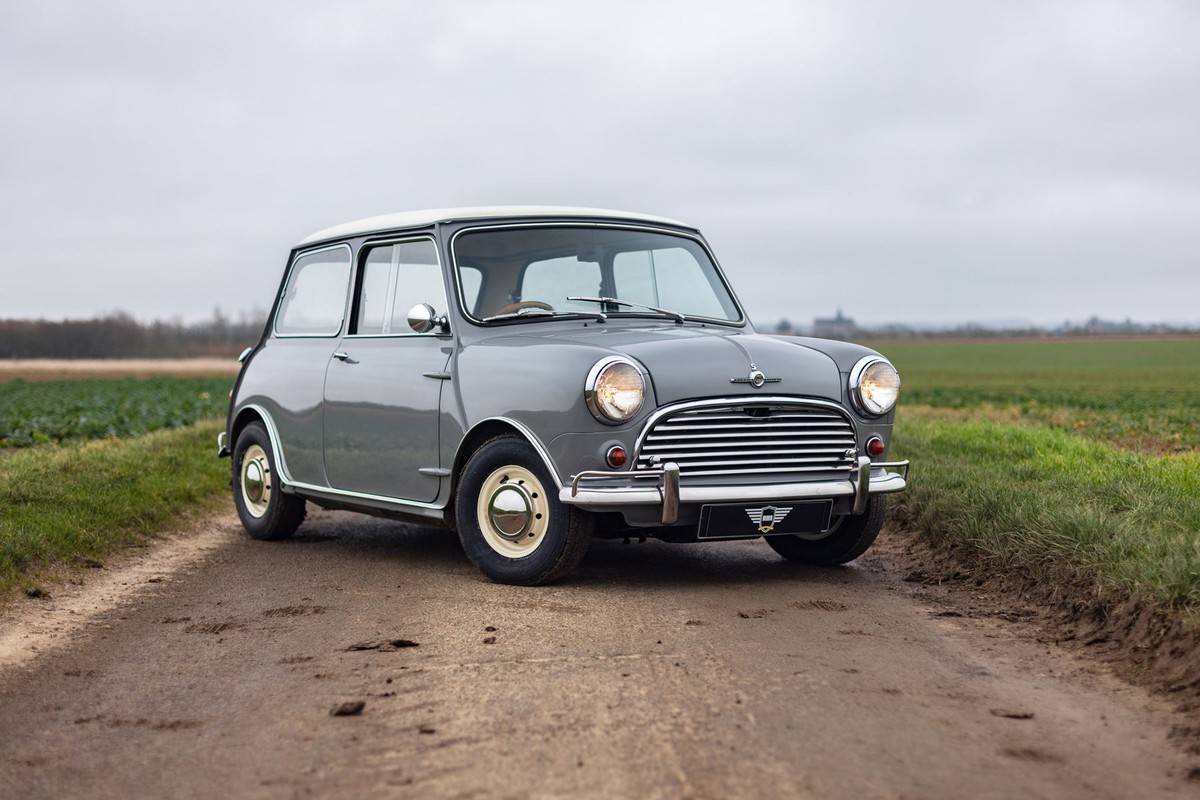


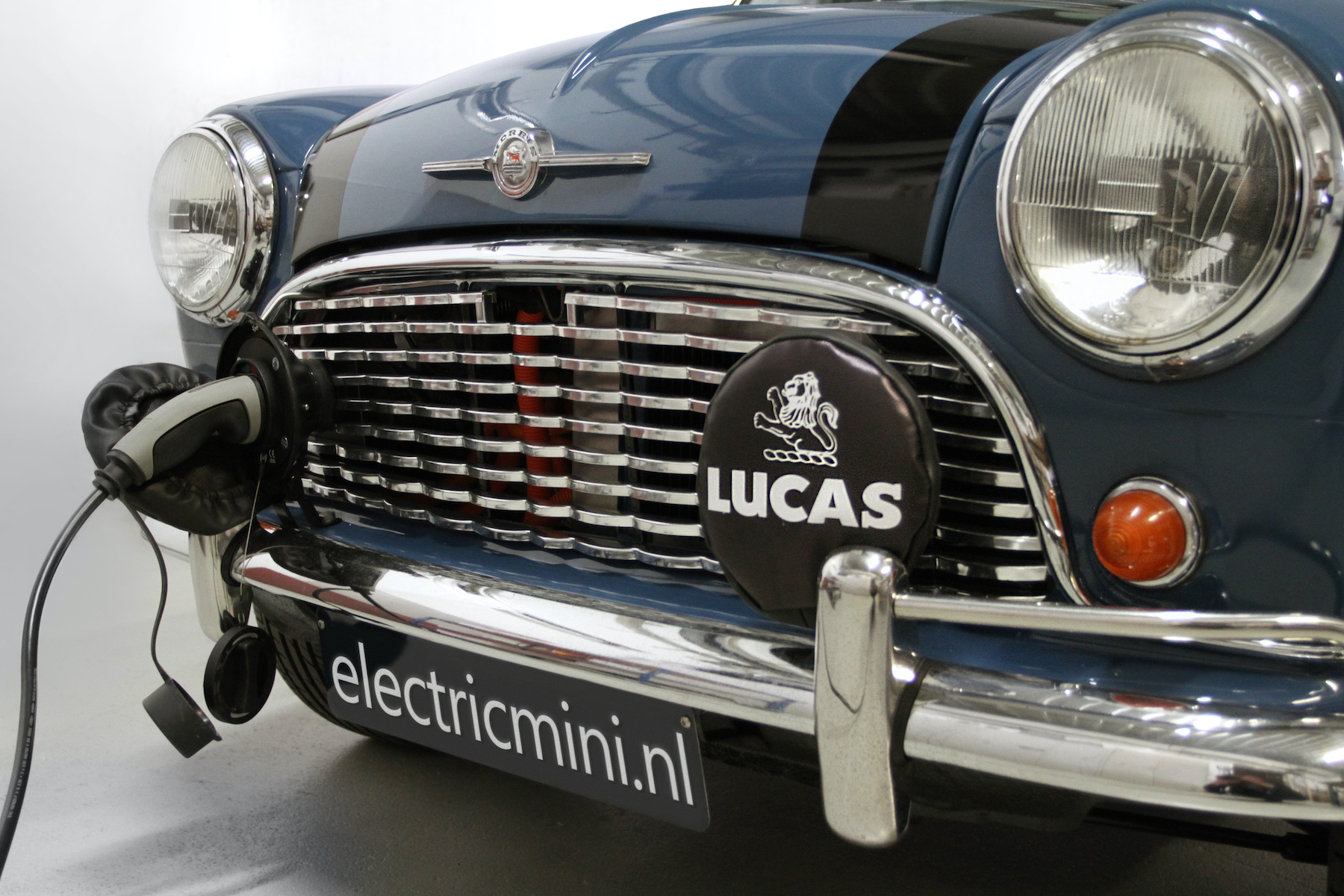
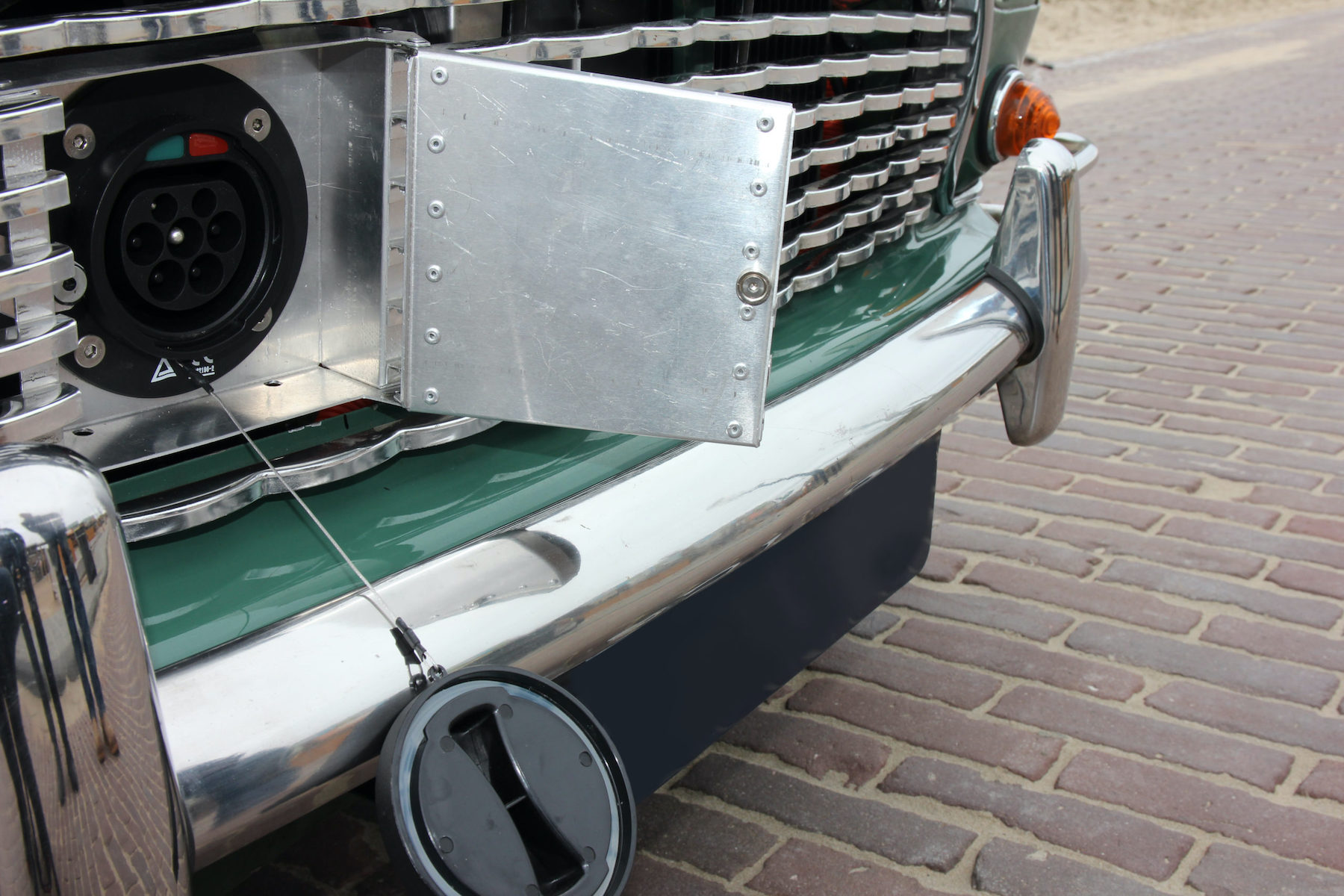
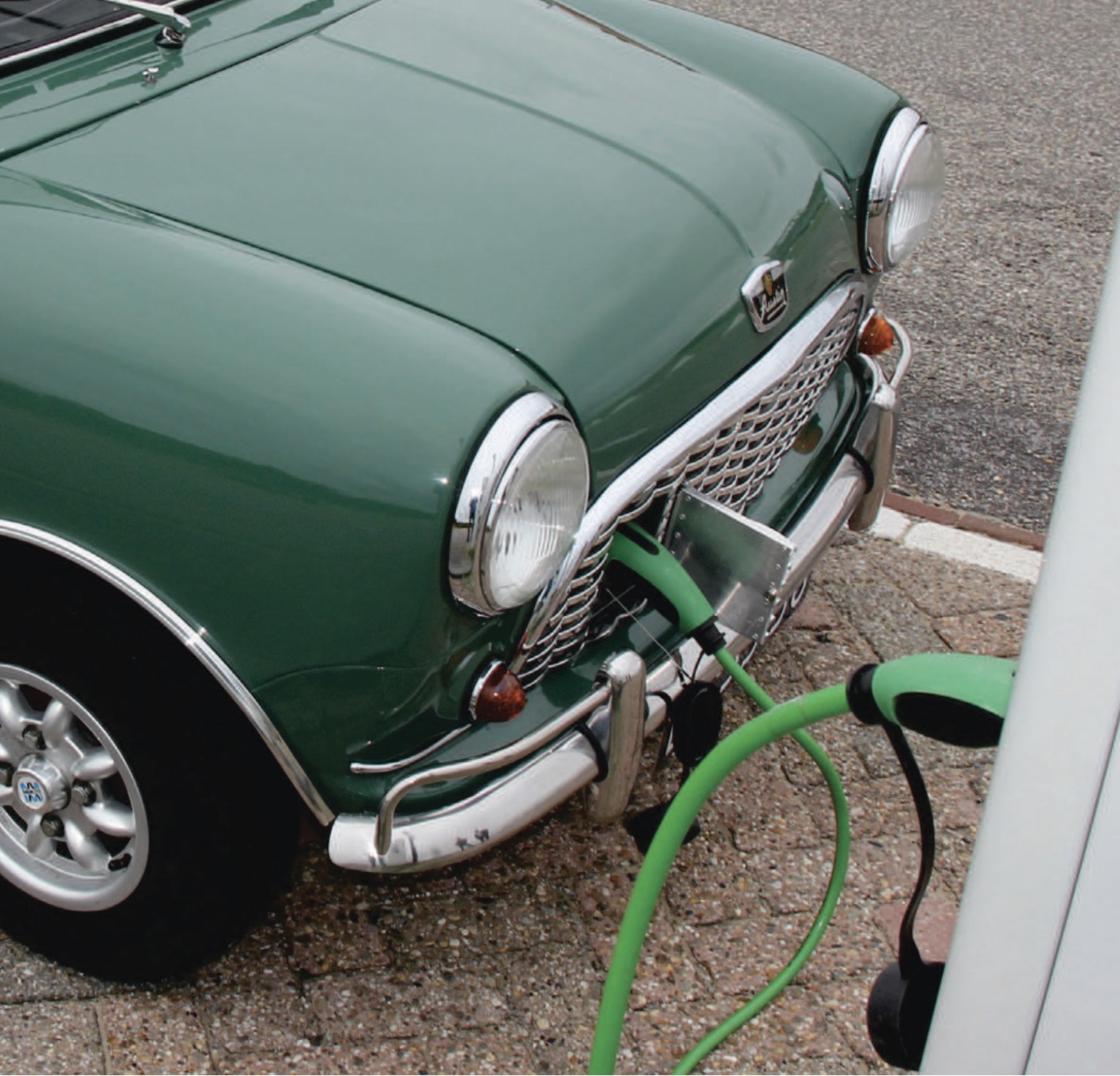




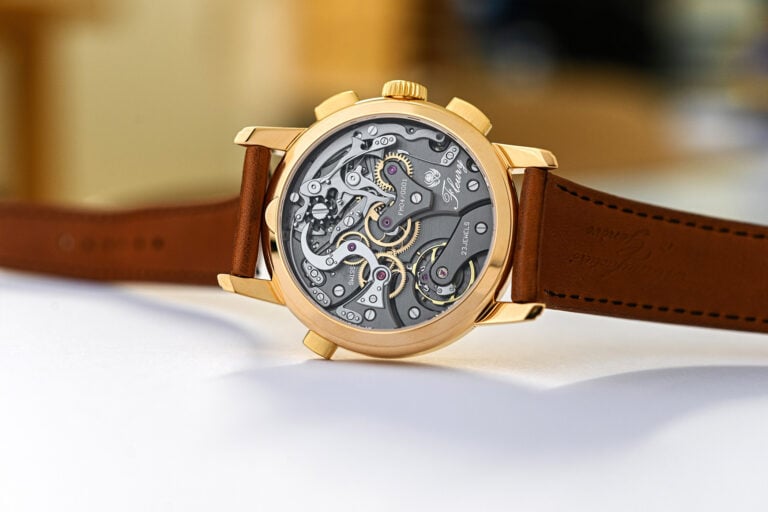
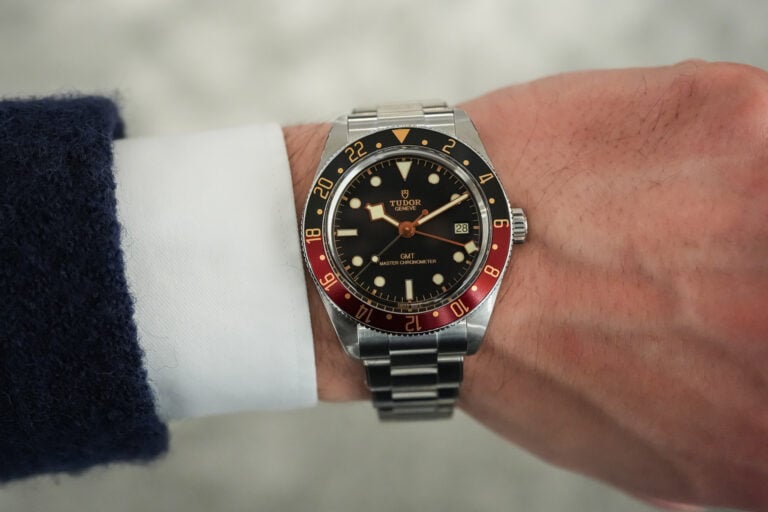
1 response
The minis were the most fun cars I have ever owned. Only half a ton in weight with no power assistance of any kind. Steering feedback was amazing. The Cooper never ran out of grip before I ran out of courage. It would be interesting to know what the weight is now because if it’s much heavier the car will be ruined. The acceleration could be fun though